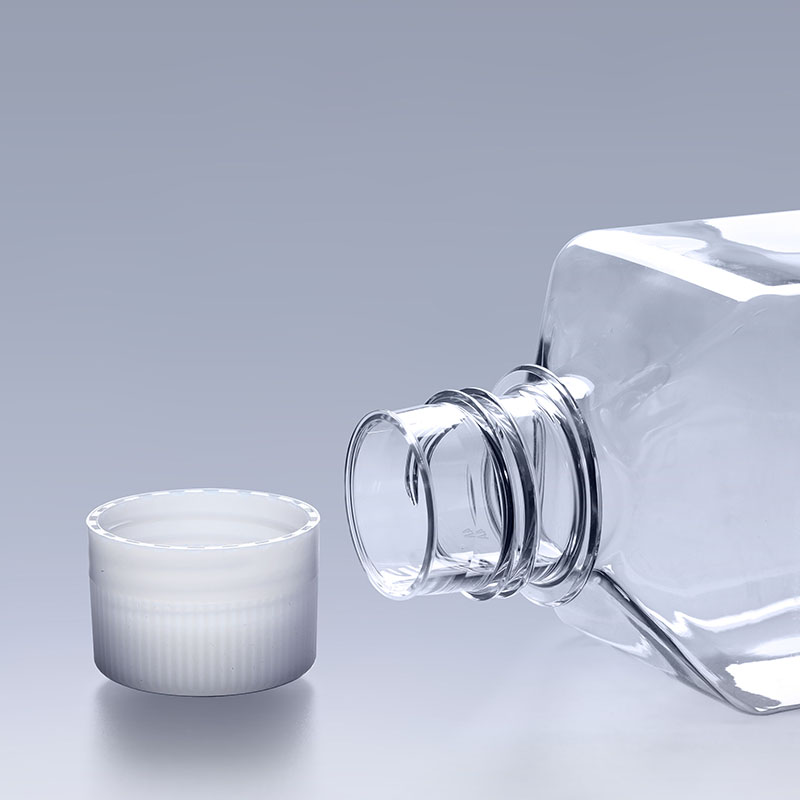In the laboratory, the sterile environment is a key factor to ensure the accuracy and reliability of experimental results. Therefore, it is crucial for experimenters to choose a high-performance PETG media bottles. As a commonly used laboratory consumable, this liquid storage container has the following performance advantages:
1. Sterile performance
PETG media bottles are sterilized to ensure that contamination by bacteria, fungi and other microorganisms is strictly controlled during the manufacturing process, thereby ensuring the accuracy of experimental results.
2. Square design
Compared with traditional round bottles, PETG media bottles have a square bottle design that is more ergonomic and easy to hold.
3. Capacity Calibration
PETG media bottles typically have clearly readable volumetric graduations or markings that allow for accurate recording and control of the amount of liquid or solid reagent added. This avoids waste and keeps experimental parameters consistent. This design makes it more convenient and faster for the experimenter to add reagents, while also reducing errors and waste.
4. Chemical resistance
PETG media bottles are made from chemical-resistant PETG raw materials and can withstand a variety of common laboratory reagents and solutions. This means the solution will not react with the material during storage, maintaining safety and stability.
5. Stacking stability
The bottom is specially designed with a large stable area and flat bottom surface to stack securely and take up less storage space. This design makes it easier and faster for experimenters to store and transport culture media bottles, while also saving space and resources.
In summary, PETG media bottles have the advantages of good sterility performance, optimized design, accurate calibration, chemical resistance and stacking stability, and can meet the laboratory's needs for biological culture and experimental operations in a sterile environment. It is an ideal choice in the laboratory and can help experimenters better conduct aseptic operations and experimental research.
The FAI climbed 5.9 percent year-on-year in the first 11 months of 2018, quickening from the 5.7-percent growth in Jan-Oct, the National Bureau of Statistics (NBS) said Friday in an online statement.
The key indicator of investment, dubbed a major growth driver, hit the bottom in August and has since started to rebound steadily.
In the face of emerging economic challenges home and abroad, China has stepped up efforts to stabilize investment, in particular rolling out measures to motivate private investors and channel funds into infrastructure.
Friday's data showed private investment, accounting for more than 60 percent of the total FAI, expanded by a brisk 8.7 percent.
NBS spokesperson Mao Shengyong said funds into weak economic links registered rapid increases as investment in environmental protection and agriculture jumped 42 percent and 12.5 percent respectively, much faster than the average.
In breakdown, investment in high-tech and equipment manufacturing remained vigorous with 16.1-percent and 11.6-percent increases respectively in the first 11 months. Infrastructure investment gained 3.7 percent, staying flat. Investment in property development rose 9.7 percent, also unchanged.
 English
English



















































